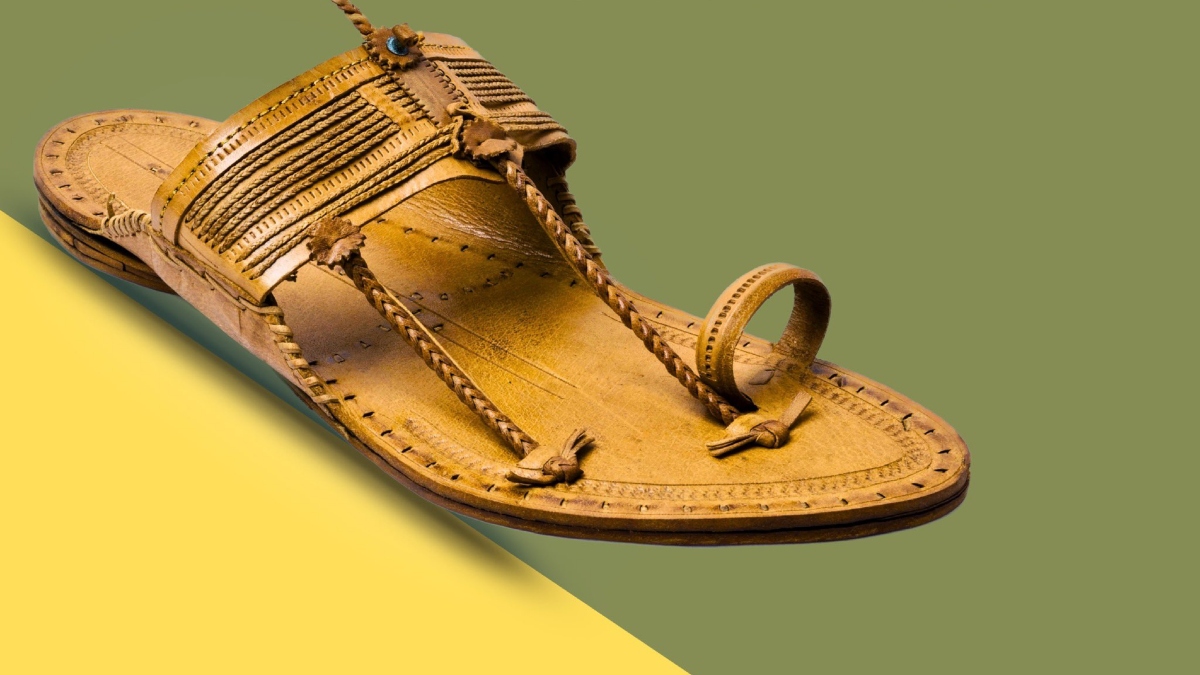The case of copying the design of Kolhapuri slippers has reached the Bombay High Court. A PIL has been filed on the matter, demanding compensation for the loss. Compensation has been sought from Prada and Kaduna Kelly through this petition. A petition has been filed in the Bombay High Court to protect Indian traditional designs and to prevent geographical indication (GI) products by international companies. The PIL stated that Prada’s “Tow Ring Sandle” collection is inspired by India’s Kolhapuri chappals in Milan (Milan). Advocate Ganesh Hingmire filed this petition.
Advocate Ganesh Hingmire criticized the global fashion brands, saying that these brands mimic traditional Indian designs such as brocade, block printing, bandhani, sharara and saree. This petition has demanded co-branding, capacity building and cooperation between the Prada and craftsman organizations without monitoring the court so that revenue can be collected. The PIL also states that the legal order in this case will be able to prevent international companies from copying or reproduction of Indian GI products.
What is Kolhapuri slippers controversy?
Italian luxury fashion brand Prada introduced sandals like Kolhapuri Chappal in his spring/summer 2026 Mensware Collection. Prada displayed these sandals at the Milan Fashion Show. These slippers were very similar to the traditional handmade Kolhapuri chappals of Maharashtra and Karnataka, but Prada did not credits the design to India or its artisans. The price of these sandals was kept at Rs 1-1.2 lakh, while local artisans sell them for Rs 300-1500. After this, the opposition of Prada started, the company wrote a letter to the Maharashtra Chamber of Commerce (MACCIA) on 27 June 2025 and admitted that their sandals were inspired by Kolhapuri chappal. Prada’s Corporate Social Responsibility Head Lorenzo Burteli said he is ready to cooperate with Indian artisans and the design is currently in the initial stage.
Kolhapuri chappal being built since 12th century
The construction of Kolhapuri chappal began in the 12th century. King Bijjal and Basavanna promoted it. It was commercialized during the time of Chhatrapati Shahu Maharaj. This slippers are made completely by hand. It uses vegetable-tand leather and natural colors. It does not use nail or synthetic materials. This slippers are mainly formed in areas such as Kolhapur, Sangli, Satara, Solapur and Belgavi, Bagalkot, Dharwad in Karnataka.


Leave a Comment